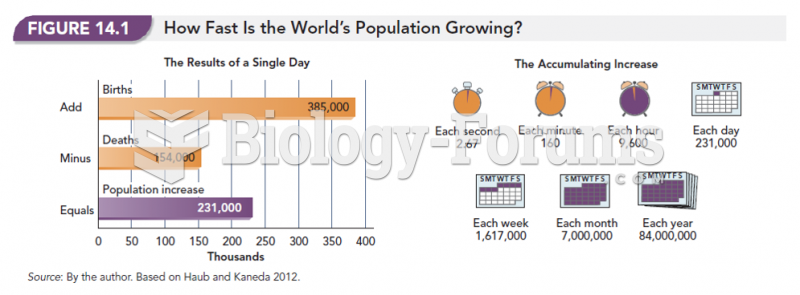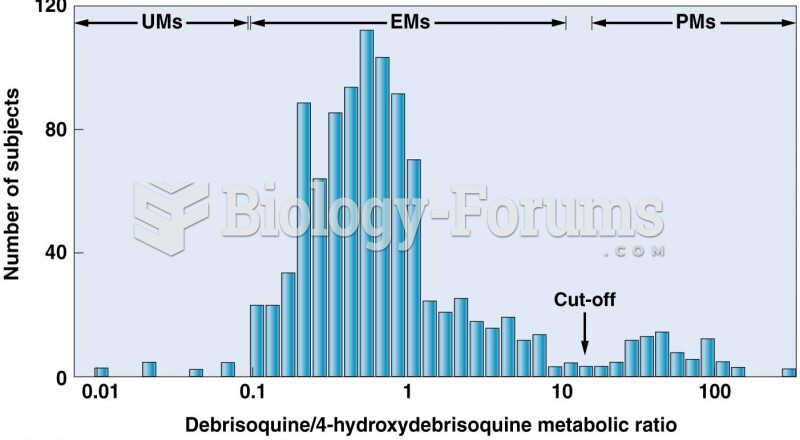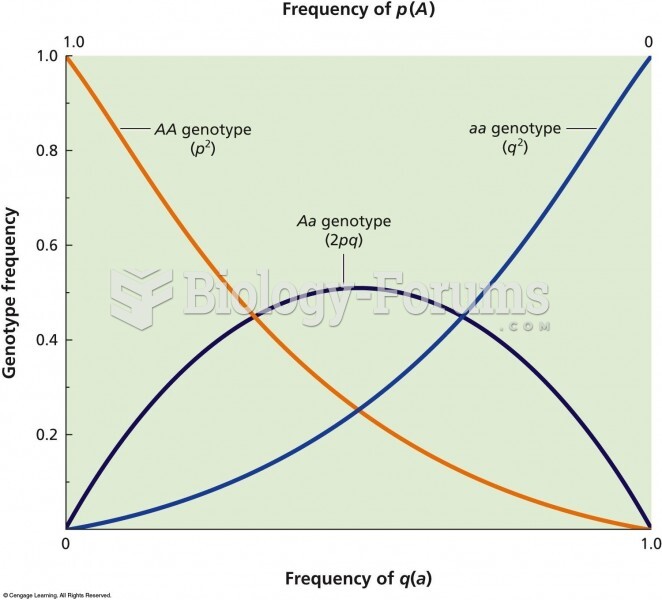This topic contains a solution. Click here to go to the answer
|
|
|
Did you know?
Oxytocin is recommended only for pregnancies that have a medical reason for inducing labor (such as eclampsia) and is not recommended for elective procedures or for making the birthing process more convenient.
Did you know?
People about to have surgery must tell their health care providers about all supplements they take.
Did you know?
There are approximately 3 million unintended pregnancies in the United States each year.
Did you know?
Every 10 seconds, a person in the United States goes to the emergency room complaining of head pain. About 1.2 million visits are for acute migraine attacks.
Did you know?
Asthma cases in Americans are about 75% higher today than they were in 1980.







